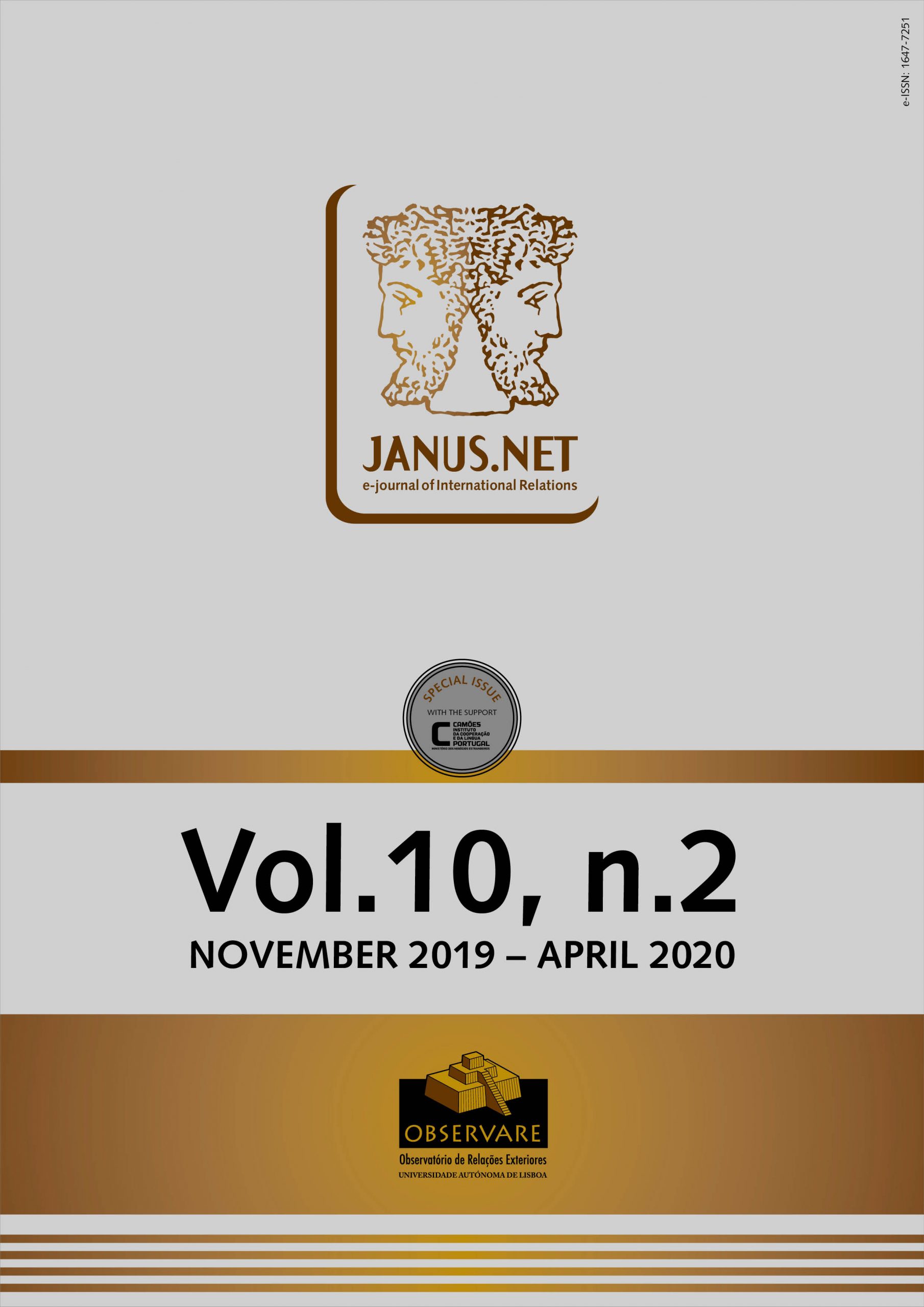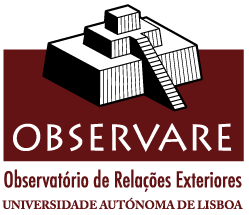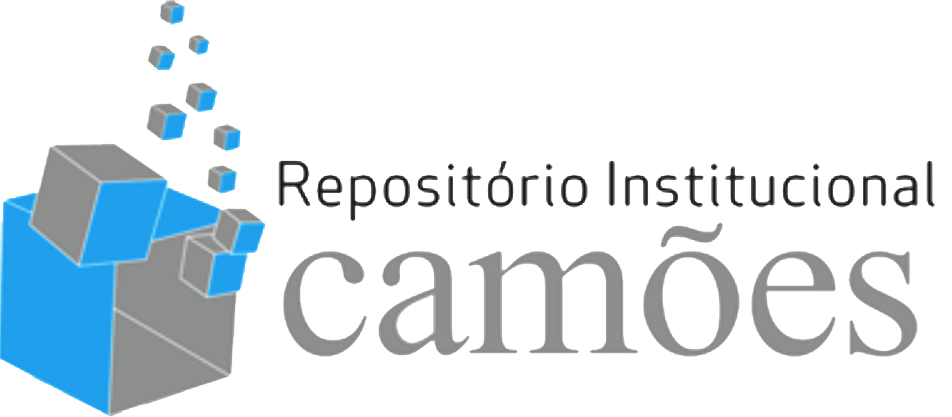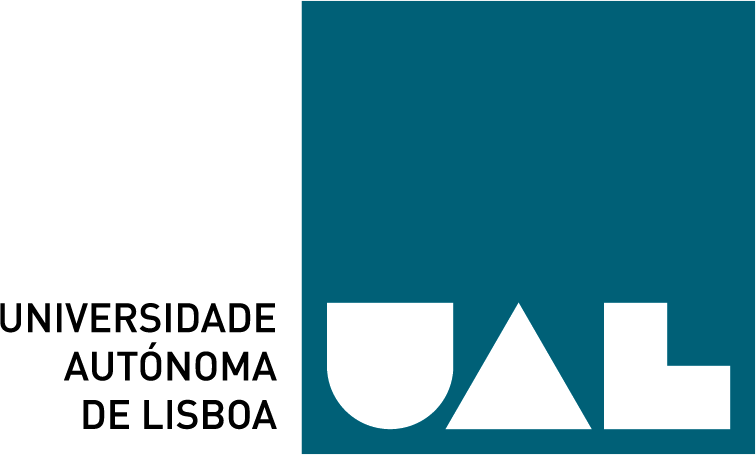The involvement of the United Nations in East Timor can be divided into four periods, including the anti-colonial period (1955-1974), the reaction period (1975-1982), the attenuation period (1983-1998) and the commitment period (from 1999). It is about this last period that this paper will focus by analysing the decisive steps of the UN, as a multilateral organization with a security mandate, in resolving the Timorese conflict and peacebuilding in that territory. This analysis will be guided by the proposals of the document “An Agenda for Peace” presented in 1992 by Boutros Boutros-Ghali, then Secretary-General of the United Nations, and the expectations he created in the field of peace operations. We are particularly interested in looking at the design of post-conflict peacebuilding missions and assessing the extent to which the (expected) capital gains from these operations compared to conventional peacekeeping missions would come to fruition or not. Thus, it is important to examine how the main missions were carried out, with special focus on the different actors, as well as to make a critical balance with some historical distance. In this context, it seems to us that the case of East Timor will be a good example to understand the need for a new approach to peacebuilding, as advocated in this Report, but which at a distance of more than 25 years becomes even more evident. The perception of peace as a continuous process that involves a whole sustainability network, and that depends above all on fostering and developing competences for peace (involving multiple and distinct actors facing constant coordination and negotiation challenges), therefore allows demanding greater commitment on the part of the Security Council, but also on that of the General Assembly in carrying out this difficult task in the context of the new world (dis) order.
THE UN IN CONFLICT RESOLUTION: THE CASE OF EAST TIMOR*
franciscoproencagarcia@iep.lisboa.ucp.pt
Tenente-Coronel na Reserva. Professor Associado com Agregação, Instituto de Estudos Políticos, Universidade Católica Portuguesa (Portugal), Professor Convidado da Faculdade de Direito, Universidade Nova de Lisboa e Instituto Universitário Militar. Foi Oficial de Planeamento do Quartel-General do Setor Central da PKF/UNTAET, Timor-Leste. É Diretor da Sociedade de Geografia.
Coordenadora do Programa de Doutoramento no Instituto de Estudos Políticos, Universidade Católica Portuguesa (Portugal). Doutorada em Ciência Política e Relações Internacionais. Desenvolve investigação em Estudos de Conflitos e da Paz, Estudos da Democracia, Política Internacional Contemporânea e Direitos Humanos. Leccionou na Universidade de Colónia e no Curso de Verão da United States Information Agency.
Doutorada em Ciência Política e Relações Internacionais: Segurança e Defesa; Mestre em Segurança Internacional e Terrorismo. Professora auxiliar convidada no Instituto de Estudos Políticos da Universidade Católica Portuguesa (Portugal) e no Instituto Superior de Ciências Policiais e Segurança Interna. Investigadora do ICPOL, Centro de Investigação do Instituto de Estudos Políticos e Centro de Administração e Políticas Públicas, ISCSP.
Resumo
Palavras-chave
Como citar este artigo
Garcia, Francisco Proença; Dias, Mónica; Duque, Raquel (2019). “The UN in Conflict Resolution: the case of East Timor”. JANUS.NET e-journal of International Relations, Vol. 10, N.º 2, November 2019-April 2020. Consulted [online] on the date of the last visit, https://doi.org/10.26619/1647-7251.10.2.1
Article received on 29 December, 2018 and accepted for publication on 28 June, 2019















